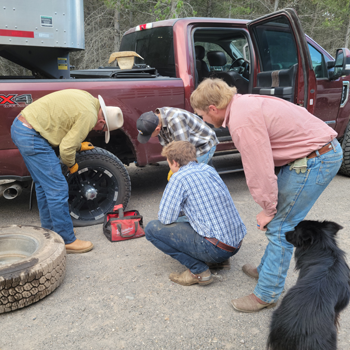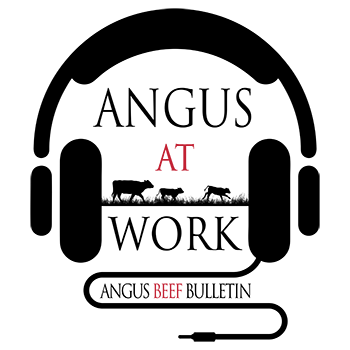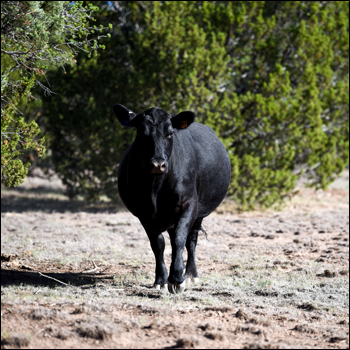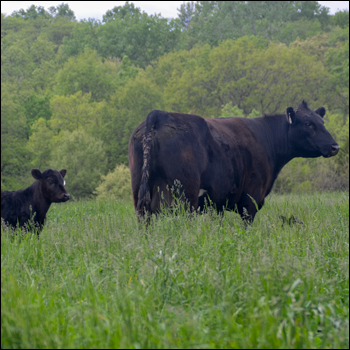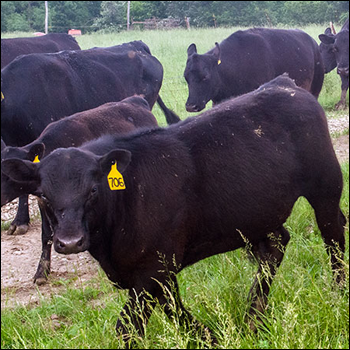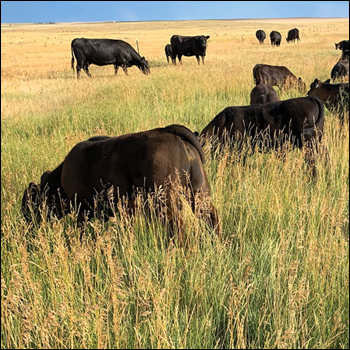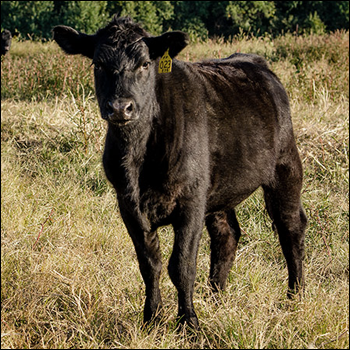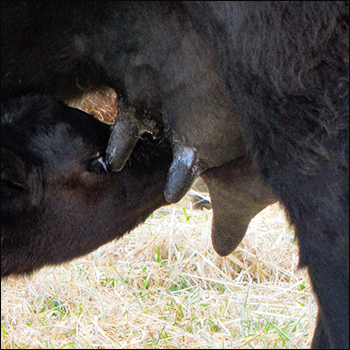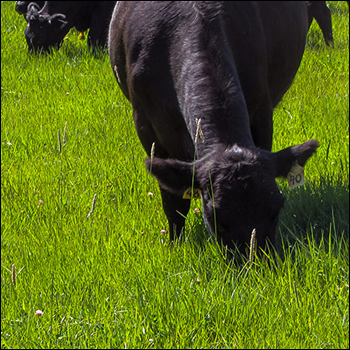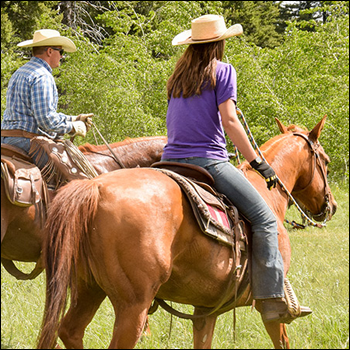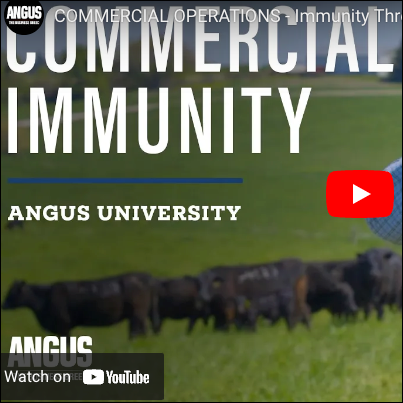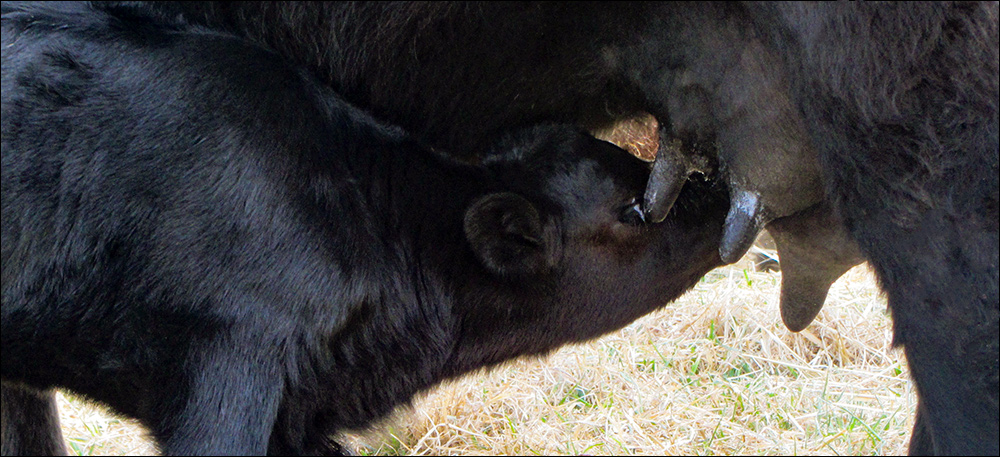
Function, Not Just Convenience
Udder structure is an important factor in cow longevity.
A cow might be great on most counts — fertility, pounds of calf raised, etc. — but if her udder breaks down at a young age and you have to help her newborn calf suckle, she’s still a cull. She won’t stay in the herd as long as she should.
Kajal Devani, director of Science and Technology with the Canadian Angus Association, says several breed associations use the Beef Improvement Federation (BIF) guidelines for udder scores.
“If the udder doesn’t have good suspensory support, it will become pendulous as the cow ages, and hang down beyond the hock,” she says.
A large, low-hanging udder is more vulnerable to environmental and weather conditions. Cows may develop blind quarters from tissue damage due to frostbite, for instance. A pendulous udder may drag in the mud and her calf won’t want to suckle those muddy teats. Even if the calf does suckle, it will be more vulnerable to scours by ingesting pathogens from the dirty udder.
“The ultimate goal is cow longevity. We want good cows to be able to stay in the herd a long time. We look at calf production and performance per year,” she says.
Udder structure may be a factor in that production. If a cow has a bad udder or large bottle-shaped teats, then her newborn calf cannot access colostrum right away. That calf is more vulnerable to disease.
“When we look at heritability for udder score it is approximately 30%; which means that 30% of the variation we see in udder structure is genetic,” she says.
Thus, it is possible to select for this trait. Producers should try to identify cows that maintain a good udder score and teat score as they age, and use these cows as breeding stock for offspring to keep — both for replacement heifers or bulls. The udder score on a bull’s mother is very important for the traits he passes on to his daughters.
Some cows have nice tight udders as first-calf heifers, but by the time they have their third or fourth calf the udder starts to sag or teats balloon.
“This is one thing we want to identify — the cows that start out with good udders and keep them, versus the ones that lose suspensory support and have pendulous udders as they get older,” says Devani.
Bad udders are one of the most common reasons a cow gets culled before she reaches old age. Yet replacing her represents a large investment in time and development.
“We collect teat and udder scores annually at calving and believe that it is very important for producers to record this information. Culling decisions can be based on this information. It pays to record these things at calving time, because later on, the udder may look fine. We tend to forget what it looked like when she calved! The BIF teat and udder scoring guidelines are available online if people want to look at those,” she says.
The American Angus Association has provided a resource for scoring cows with both udder suspension and teat size scores.
Editor’s note: Heather Smith Thomas is a cattlewoman and freelance writer from Salmon, Idaho.

Angus Proud
In this Angus Proud series, Editorial Intern Jessica Wesson provides insights into how producers across the country use Angus genetics in their respective environments.
 Angus Proud: Scott Sproul
Angus Proud: Scott Sproul
Oklahoma operation learned wisdom of moving calving season to better suit their marketing needs.
 Angus Proud: Bubba Crosby
Angus Proud: Bubba Crosby
Fall-calving Georgia herd uses quality and co-ops to market calves.
 Angus Proud: Jim Moore
Angus Proud: Jim Moore
Arkansas operation retains ownership through feeding and values carcass data.
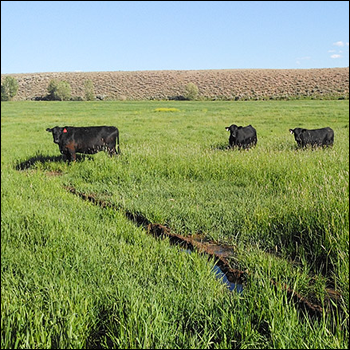 Angus Proud: Stephen Shiner
Angus Proud: Stephen Shiner
Idaho operation rotates pastures in summer and raises crops for winter.
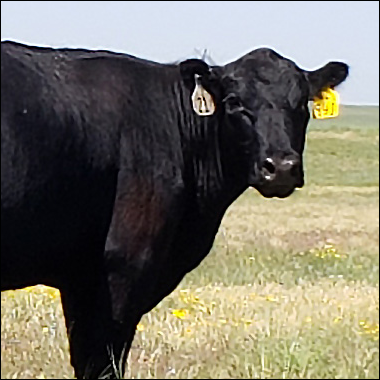 Angus Proud: Brian Nusbaum
Angus Proud: Brian Nusbaum
Angus cattle fit cattleman’s marketing goals and helped him set out on his own.
 Angus Proud: Les Shaw
Angus Proud: Les Shaw
South Dakota operation manages winter with preparation and bull selection.
 Angus Proud: Jeremy Stevens
Angus Proud: Jeremy Stevens
Nebraska operation is self-sufficient for feedstuffs despite sandy soil.
 Angus Proud: Dave Rutan
Angus Proud: Dave Rutan
Angus breeder gets the most out of his bull investment by partnering with opposite calving-season operation.
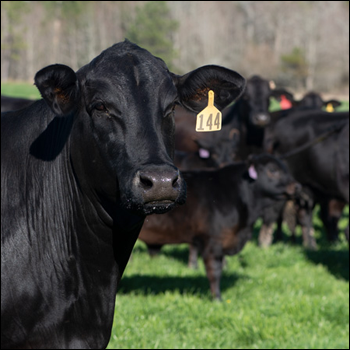 Angus Proud: Nickey Smith
Angus Proud: Nickey Smith
AngusLink helps Louisiana cattleman gain more for his calves.
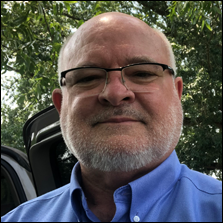 Angus Proud: Mike Moss
Angus Proud: Mike Moss
Operation’s nontraditional start lends to creativity and conservation efforts.
